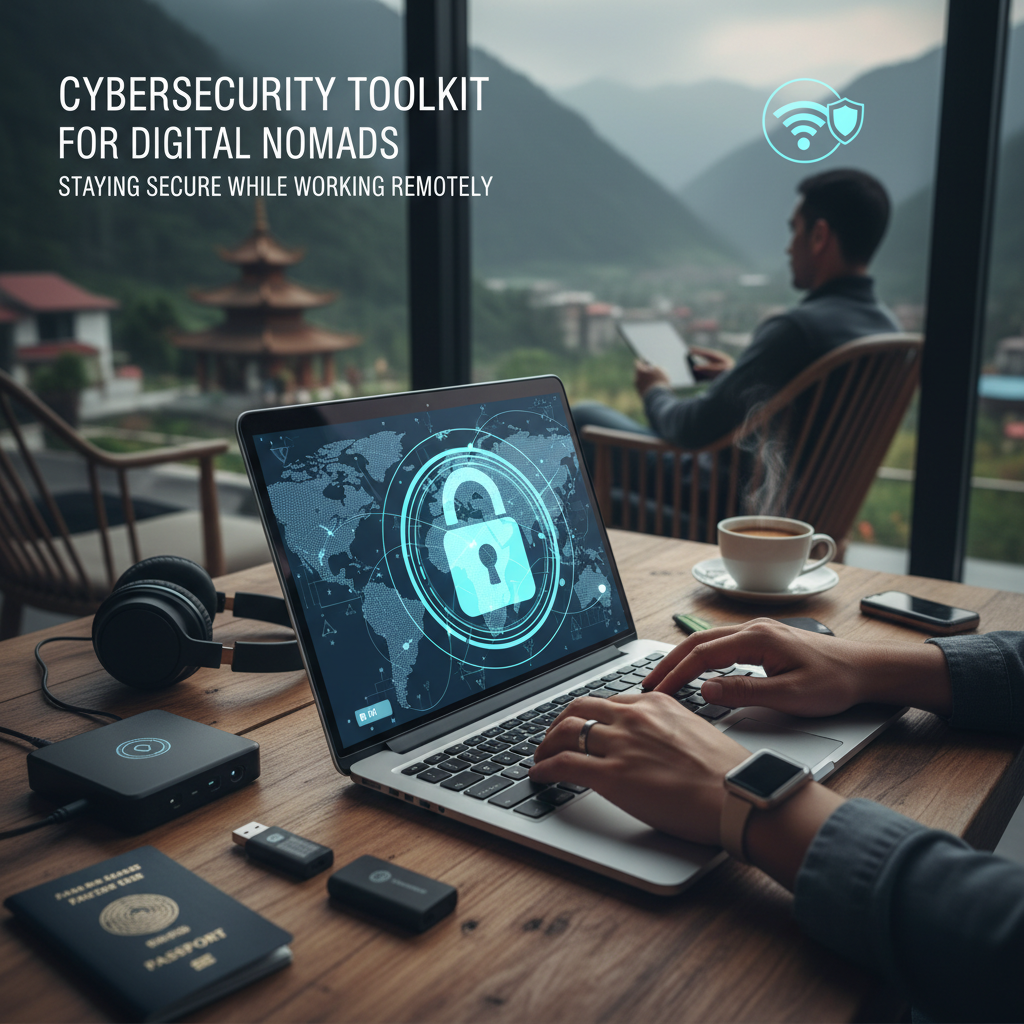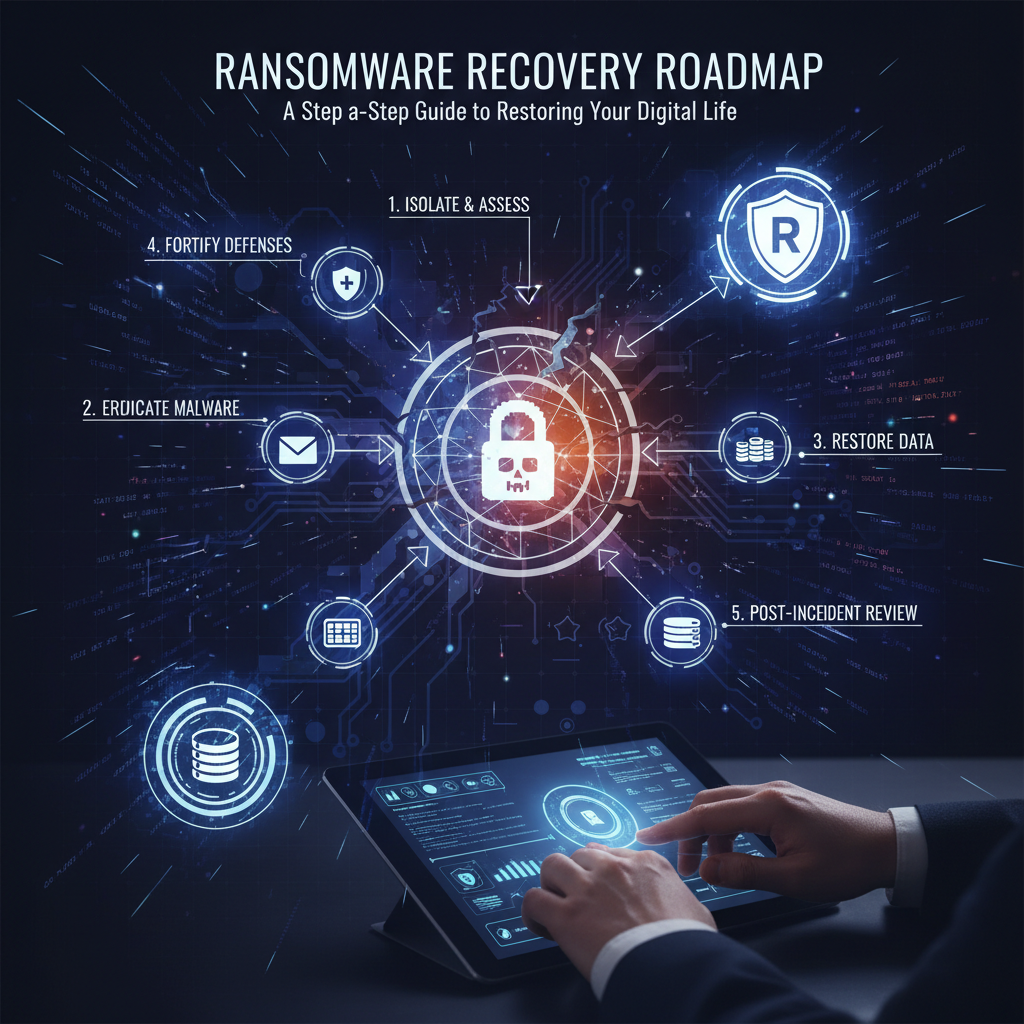Cybersecurity First Aid: Immediate Steps After a Data Breach [Comparison Guide]
For IT leaders, security managers, and founders who just discovered a data breach (or fear one’s brewing), this is for you. The pain’s real: systems behaving strangely, executives demanding answers, regulators ticking clocks, customers asking “Are my details safe?”, and your team torn between fixing things fast and not making it worse. If you need steady hands, our incident response specialists step in quickly—containment, digital forensics, and clean recovery—so you get clarity and control without chaos or finger-pointing.
Look, breach first aid is about choosing the least-bad option fast. And knowing which trade-offs matter. Below, I’m comparing your most common decision points so you can move with confidence.
What should you do immediately after a data breach?
Quick hits, no fluff. Confirm the incident (don’t trigger a full outage over a false alarm). Start a timestamped incident log. Isolate suspected endpoints from the network. Preserve volatile data before rebooting. Rotate high-risk credentials. Engage counsel to keep sensitive work under privilege. And—this trips teams up—communicate internally on a single channel so people don’t leak details in random chats.
Why? Because incident response is both technical and legal. You’re balancing cybersecurity, recovery, and digital forensics from minute one.
Isolate or shut down? The right containment option in the first 15 minutes
Option A: Isolate affected hosts from the network. Keeps systems powered so memory, processes, and artifacts stay intact for digital forensics. Minimizes business impact if you segment correctly. Best for stealthy data exfiltration, live attacker sessions, and when you’ll need evidence for regulators or litigation.
Option B: Full shutdown of systems or the environment. Fastest way to stop propagation—useful in destructive ransomware encrypting files in real time. But you lose volatile evidence, and recovery may be slower if you don’t know patient zero.
My take: default to isolation, not kill-switch. If encryption is actively spreading or safety’s at risk, shut down the minimal scope needed and preserve memory where you can.
Clean up now or preserve evidence? Incident response vs digital forensics priorities
Option A: Patch, reboot, wipe, and “make it go away.” Feels good. Might stop the attacker. But you could destroy breadcrumbs you’ll need to prove what data was accessed, which matters for notification obligations and insurance claims.
Option B: Preserve evidence first—memory captures, disk images for critical systems, log exports from EDR, firewalls, VPN, email, and SaaS. Maintain chain of custody (who touched what, when). Then remediate with a plan.
Choose B unless lives or safety are on the line. You can still move fast—capture memory on the hot boxes, snapshot key VMs, clone logs, then patch. I’ve seen teams spend 87 hours and double their costs because they cleaned before collecting.
Go DIY or call an incident response retainer?
DIY works if you’ve got an IR playbook tested in drills, an EDR with isolation, and an experienced lead who’s run, say, 6+ investigations. It falters if executives need board-ready answers in 24 hours, or if you’re dealing with multi-cloud plus third parties (hello, supply chain breaches like we kept seeing last year).
IR retainer gives you surge capacity, forensics tooling, and structured comms. Also helps with insurers and regulators. If this feels overwhelming, our team can handle triage, containment, and reporting so your engineers can keep the business running.
Restore from backups or rebuild systems?
Option A: Restore from known-good, offline backups. Fastest path to recovery if backups are clean and tested. Validate with quick malware scans and integrity checks before bringing systems back. Works great when blast radius is clear.
Option B: Rebuild from gold images and redeploy credentials, keys, and secrets. Slower, more thorough, reduces re-compromise risk if the attacker had domain admin or persistence across endpoints.
Pick A for limited incidents with high-confidence backups. Pick B when domain controllers, SSO, or MDM were touched, or if you found tampered firmware or widespread persistence. Real talk: holiday season? I’d favor rebuild for crown jewels to avoid a surprise round two.
Notify who and when? Legal, regulatory, and customer communications
Early notification vs later, evidence-backed notification—this is a tightrope. You’ve got clocks: GDPR requires notifying the supervisory authority within 72 hours of becoming aware of a personal data breach. SEC public companies must file a material cyber event on Form 8-K within 4 business days of determining materiality. HIPAA-covered entities notify individuals without unreasonable delay and no later than 60 days. Many U.S. state laws run 30 to 45 days. PCI may require notifying payment brands and your acquirer promptly.
Practical path: brief counsel within the first hours, draft a holding statement, and inform your insurer. Communicate to customers once you can be accurate about scope—rushed messages cause panic and retractions. And don’t forget law enforcement for criminal activity; it helps with extortion scenarios.
Pay the ransom or refuse? Real talk on ransomware decisions
Paying might restore operations faster, but keys sometimes fail and data leaks anyway. Not paying preserves principle and reduces attacker incentives, yet downtime can cost more than a ransom by day three. There’s also sanctions risk—payments to sanctioned groups may be illegal. And attackers keep copies; paying rarely guarantees deletion.
Decision framework: confirm backups, test a sample restore, and run a business impact estimate for 24, 48, and 96 hours. If you engage negotiators, do it through counsel and check OFAC guidance. I’d argue investment in segmented, immutable backups beats gambling on a decryptor every time.
What does digital forensics include and how long does it take?
Scope varies, but here’s the honest timeline I see most: triage analysis in 24 to 72 hours to identify patient zero, affected systems, and likely data at risk. Deeper digital forensics and log analysis often land in 7 to 14 days, producing a defensible report for regulators, insurers, and your board. Complex multi-tenant SaaS or identity abuse can push it to 21 days, especially if you need third-party logs or subpoena responses.
Core activities: artifact collection, memory and disk forensics, identity and access review, lateral movement mapping, data exfil estimation, and eradication recommendations. The best part is—well, actually there are two best parts—clear containment guidance and a crisp narrative your executives can use.
Immediate steps vs strategic fixes: which comes first?
Do both, in sequence. Contain quickly, then kick off recovery, then close with root-cause hardening. Quick wins in week one: rotate keys and service accounts, enforce MFA everywhere (yes, even that legacy VPN), block legacy protocols, and tune EDR detections. Strategic moves in the next 30 days: identity threat detection, least-privilege reviews, immutable backups, tabletop exercises, and vendor risk checks.
Printable checklist you can actually use
Declare incident and start a timestamped log; isolate affected hosts, don’t power off unless destructive encryption is active; preserve memory, disks, and logs; rotate credentials and revoke suspicious tokens; engage counsel, insurer, and IR; map blast radius and crown jewels; decide restore vs rebuild; draft notifications with counsel; monitor for re-entry; document everything for recovery and compliance.
How our team supports rapid recovery without drama
If you need calm, senior help, our incident response and digital forensics team can jump in: 24/7 triage, containment via your EDR or our tooling, deep forensics, regulatory-ready reporting, and guided recovery that won’t cost an arm and a leg. We’ll own the technical heavy lifting while your team keeps customers served. And if you want, we’ll stick around for a quick-hardening sprint so you’re tougher by next week.
FAQs
What’s the first thing to do after a data breach?
Validate the incident, start an incident log, and isolate suspected systems without powering them off. Then preserve evidence and notify counsel and your IR lead. Those first 30 minutes set the tone for the entire incident response.
How fast should we notify customers and regulators?
As soon as you can give accurate, minimal facts. Regulators often have explicit deadlines—GDPR’s 72-hour clock, SEC’s 4 business days for material events, HIPAA’s 60 days. Draft with counsel, avoid speculation, and update as forensics clarifies scope.
Do we need digital forensics if we already fixed the issue?
Yes, if there’s any chance personal data, payment data, or regulated systems were involved. Digital forensics proves scope, supports insurance, and reduces re-compromise risk by uncovering persistence and lateral movement you might miss.
How do we prevent this from happening again?
Focus on identity and recovery: enforce phishing-resistant MFA, least privilege, and conditional access; deploy EDR everywhere; maintain immutable, tested backups; segment crown jewels; and run quarterly tabletop exercises. Small teams can hit the ground running with a 30-day hardening plan right after recovery.
If you’re in the middle of an incident and need a second brain, ping us. We’ll help you stabilize, investigate, and recover—fast, clean, and defensible.





